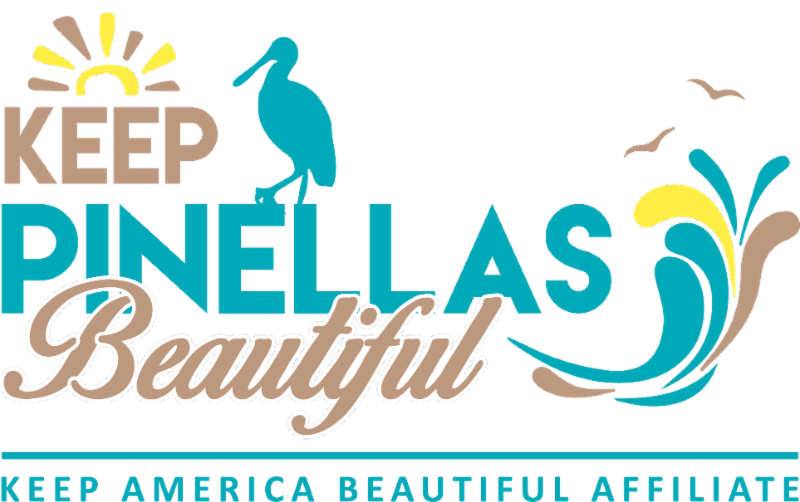Littering: An Overview
Day to day, litter is a nuisance most of us don’t think much about. It’s unattractive to look at, but how often do you really worry about whether or not you’re littering or what will happen to that plastic bag you see on the ground? Keep Pinellas Beautiful wants to teach you to recognize littering behaviors, help you understand why litter is dangerous, and empower you to take action against it.
How Common is Littering?
The truth is, everybody litters. While most of us don’t mean to litter, accidental littering (like something blowing out of your hand or getting left at the park) happens all the time. Many people don’t consider some items, like cigarette butts or scraps of food, to be litter. However the debris gets on the ground or into the waterways, people are responsible, which means we have the power to recognize and solve this problem.
The True Cost of Litter
The extent of litter and its cost can be difficult to measure or imagine. According to Keep America Beautiful, the cost of cleaning up litter each year in the United States is $11.5 billion. Local businesses, schools, governments, and communities bear the responsibility and the expense for cleaning up that litter. Litter contributes to reduction in property values and causes losses in tourism, adding up to large economic costs. Additionally, litter is damaging to the natural environment, causing problems with watersheds, ecosystems, and species health.
How Inland Litter Becomes Marine Debris
Researchers currently estimate that 80% of marine debris originates inland. This litter reaches the ocean by washing down storm drains and traveling through watersheds until it makes its way to the ocean. For example, in Pinellas County many storm drains are large enough to allow significant litter debris to flow down them, and these drains empty directly into the bay. Litter doesn’t have to be big to be damaging; NOAA reports that the most common form of marine litter is the cigarette butt, a toxic and non-biodegradable item.
What You Can Do to Help
Individual and community action is an essential step in ending littering and stopping this cycle of waste. Everyday choices like keeping a trash bag in your car, rejecting single-use items, and ensuring all your trash ends up where it should are good first steps. Whenever you go on a walk, bring gloves and a trash bag with you so you can clean up any litter you see. Keep Pinellas Beautiful has tons of additional ways you can help: community cleanups, mile adoptions, and calls to the litter hotline are all great options.
You are an essential part to removing waste and ending littering. Your engagement allows organizations like us to offer a significant impact in litter reduction. While we know it’s hard to hear about the damage litter causes, it’s equally important to feel empowered and know that you can make a difference. Check out our Get Involved page or engage with us on Facebook to find out how you can help. If you’re ready to get started today, join our Great American Cleanup #PickUpPinellas initiative!

